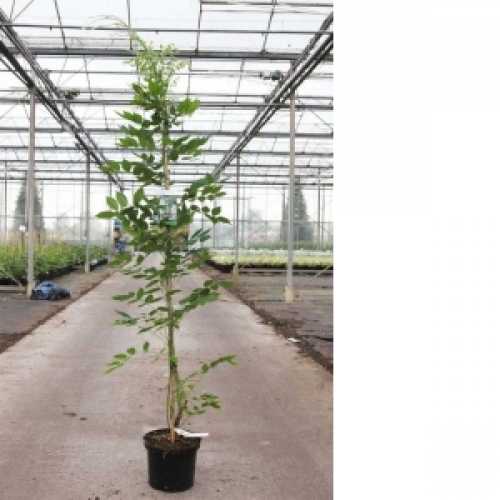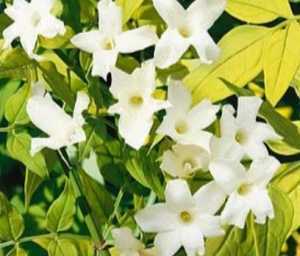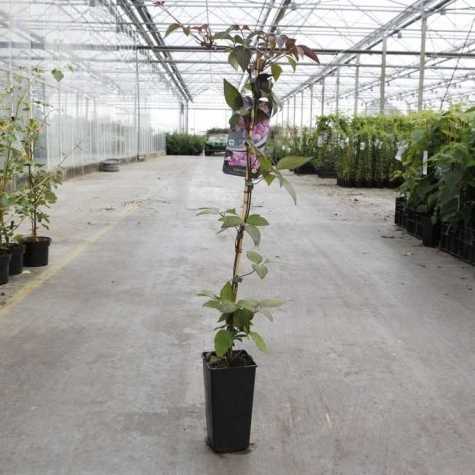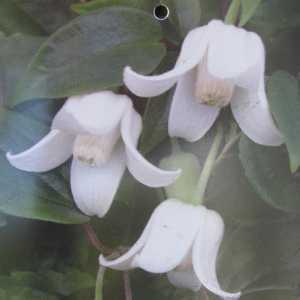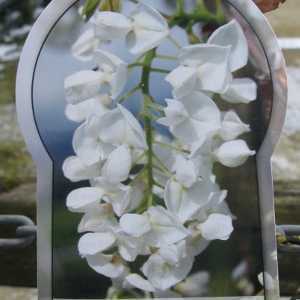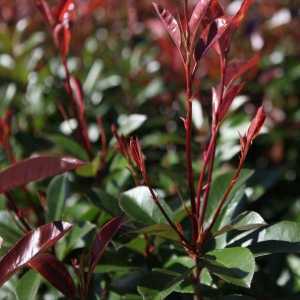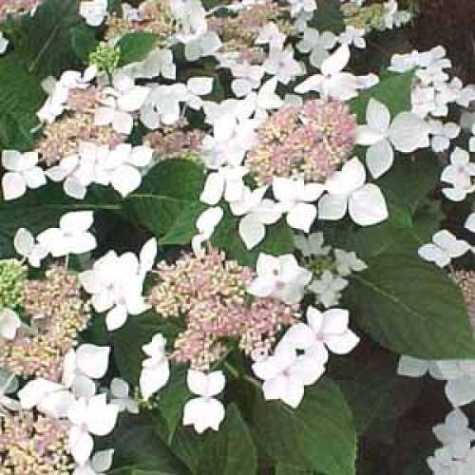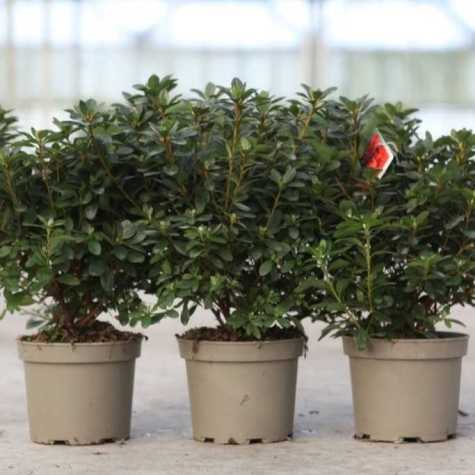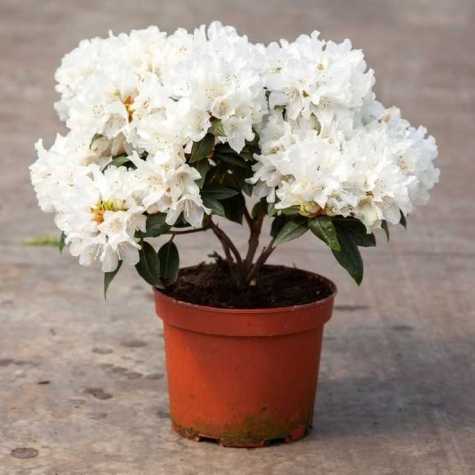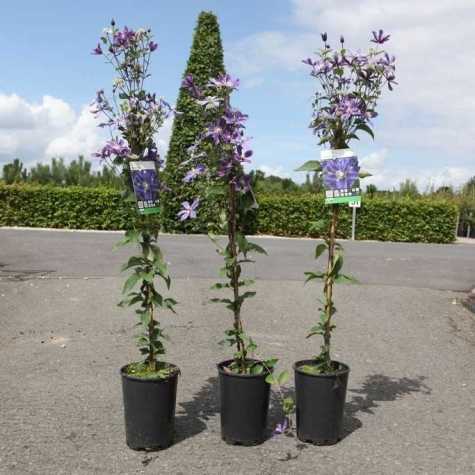Plant Description:
Wisteria (macrostachya) Clara Mack is a hardy and restrained white Wisteria. Its gorgeous hanging clusters of white flowers are especially long. The plant adds elegance to any structure it adorns. Its flowers appear in late spring and early summer on the current season's growth. Rivaling the size of those of Japanese and Chinese wisteria, the dangling flower clusters are typically borne at a younger age, often the first summer after planting. Pale green bean-like fruits follow the flowers. The compound foliage is bright green and lush.
Key Features
Plant Type: deciduous climber
Plant Height & Spread: 900cm (28ft)
Foliage Colour: Light Green
Foliage Type: deciduous climber
Seasons of Interest: April - June
Soil Condition: Well-drained, Neutral
Planting Position:
Plant Care & Advice
Wisteria is a vining plant with cascades of blue to purple flowers that look spectacular hanging from a pergola or archway in spring and early summer. However, this vine is a fast and aggressive grower—often reaching 25 to 30 feet long—and is known to grow quite heavy. Wisteria vines will work their way into any crook or cranny they can reach. Wisteria flowers are beautifully fragrant, providing a feast for the senses. After flowering, a brown, bean-like pod stays on the plant until winter. Pruning is the secret to good flowering, as wisteria only blooms on new wood. Prune wisteria in late winter. Remove at least half of the prior year’s growth, leaving just a few buds per stem. If you want a more formal appearance, prune again during summer, after traditional flowering. For more blooms, try cutting back the rampant shoots every two weeks during the summer. Do you have a new wisteria? Cut the vine back severely right after planting. Then, the next year, cut the main stem or stems back to 3 feet of the previous season’s growth. Once the framework is full size, shorten further extension growth in midsummer to where growth began for that season.
Products You Might Like!
Clematis Montana Mayleen
Wisteria brachybotrys Schiro Kapitan Fuji
Other People Bought!
Photinia Red Robin Hedging
Azalea Japonica Peggy Ann
Hydrangea Macrophylla Lanarth White
Rhododendron Dwarf 'Dora Amateis' (Amatheis)
Clematis 'Arabella' (Climber)
Notify me when product is in stock:

